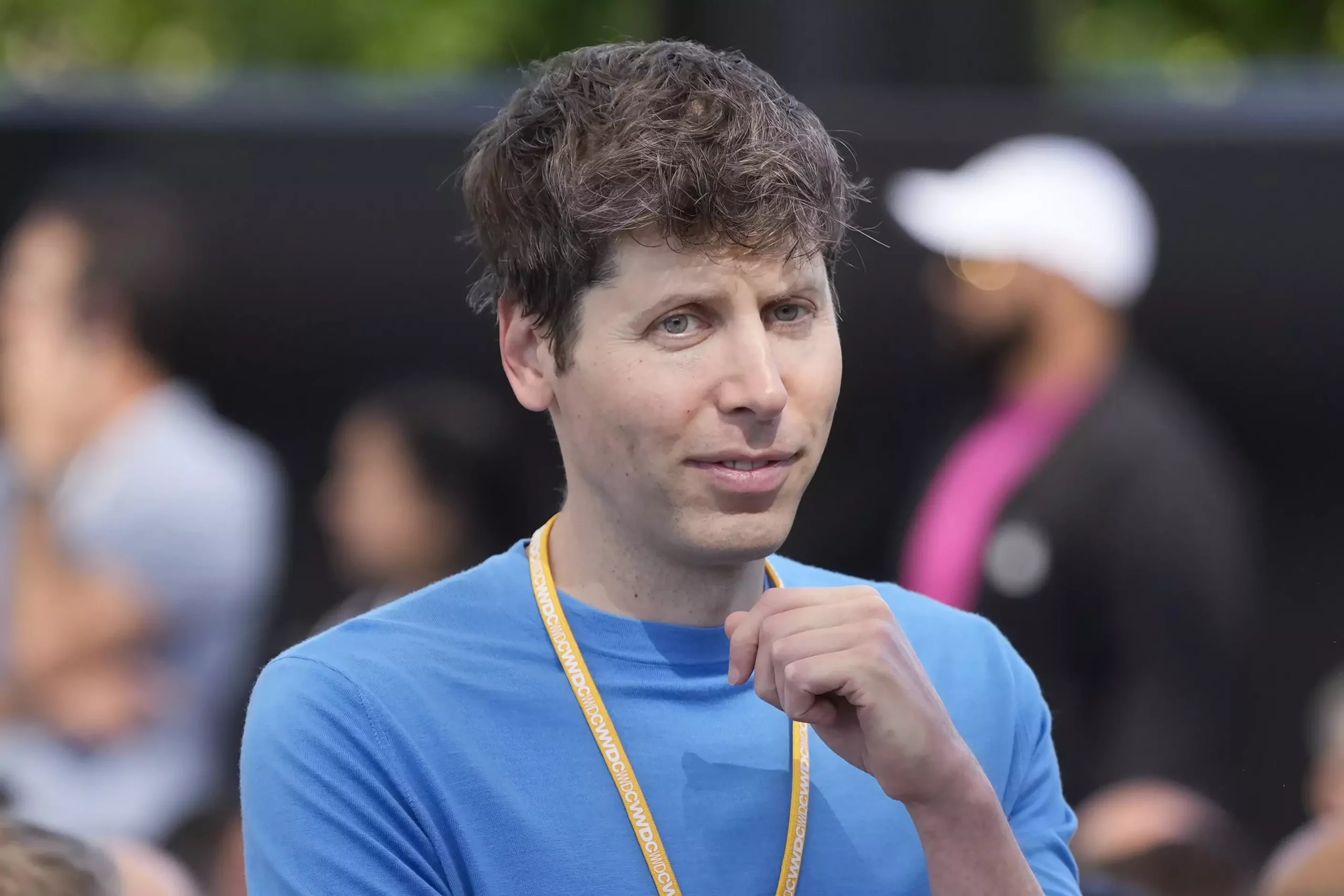In the realm of artificial intelligence, the emergence of OpenAI has sparked countless discussions, particularly regarding its unique nonprofit structure amidst a rapidly expanding valuation. When OpenAI was established, its intent was clear: to develop AI technologies beneficial to humanity as a nonprofit entity. However, as the organization ventures deeper into for-profit endeavors, questions surrounding its adherence to its charitable mission have become paramount, igniting scrutiny from experts in nonprofit law.
OpenAI operates under a model characterized by its nonprofit foundation while simultaneously controlling for-profit subsidiaries. This dual structure poses profound implications when the interests of the nonprofit and for-profit sectors collide. As mandated by law, nonprofits are required to prioritize their charitable goals—an obligation that could conflict with profit-oriented objectives. Jill Horwitz, a legal expert from UCLA, emphasizes that the board’s duty extends beyond profit-making; it requires a steadfast commitment to the original public promise to serve humanitarian interests.
As OpenAI witnesses a significant surge in its market valuation—now standing at an astounding $157 billion—regulatory and legal experts are questioning whether the organization is exceeding the bounds of its corporate formation. Consequently, this could compel OpenAI to reevaluate its corporate identity and, possibly, implement a restructuring to realign with its nonprofit goals.
The Wait for Restructuring Decisions
Recent developments indicate that OpenAI is contemplating a corporate restructuring, a move Sam Altman, the organization’s CEO, has publicly admitted, though specifics remain elusive. Industry insiders report that among the options being considered is the transformation of OpenAI into a public benefit corporation. Such a shift could create a clearer delineation between its nonprofit mission and its for-profit ventures, ensuring the latter does not overshadow its foundational principles.
However, any restructuring initiative hinges on the board’s decision-making process and its legality within the framework of nonprofit regulations. Notably, this could involve reassessing the control the nonprofit holds over its for-profit subsidiaries—a decision that may compel regulatory review, particularly from bodies such as the IRS and state attorneys general.
One of the critical considerations in OpenAI’s potential restructuring involves a thorough analysis of the organization’s assets and their valuation. Nonprofit law mandates that if a nonprofit shifts to a for-profit entity, it must ensure that any assets originating from charitable donations remain within the nonprofit sector. This presents a fundamental challenge for OpenAI as it navigates the complex web of asset reallocation and its implications for both its nonprofit and for-profit arms.
Experts are raising essential questions about the ownership and valuation of intellectual property, patents, and other associated assets. What constitutes the nonprofit’s property? How will the value of these assets be determined? If OpenAI ultimately relinquishes control of its for-profit subsidiaries, it could be legally obligated to receive fair market value for those assets—a transaction fraught with complexity given the intricacies of AI technology and the proprietary innovations OpenAI has pioneered.
The potential restructuring of OpenAI not only necessitates scrutiny from regulatory bodies but also highlights the enduring necessity for transparency in its operations. For nonprofit organizations, maintaining public trust is vital, particularly in light of evolving missions that may depart from initial intentions. OpenAI is faced with the challenge of demonstrating that it continues to uphold its charitable commitments amid burgeoning profit motives.
Andrew Steinberg, a legal expert specializing in nonprofit organizations, underscores that any significant alteration in the corporate structure of OpenAI will undoubtedly require navigating a labyrinth of legal considerations and regulatory standards. Moreover, the organization’s reevaluation of its mission and operational strategy must be consistently reported to IRS standards, ensuring clarity and accountability to both regulators and the public.
Concerns regarding OpenAI’s trajectory extend beyond regulatory compliance; they reflect broader apprehensions surrounding the ethics of AI development itself. Former board member Elon Musk has voiced skepticism about OpenAI’s departure from its safety-centric mission, while AI pioneer Geoffrey Hinton critiques the organization’s shifting focus toward profits. Such sentiments underscore a growing awareness that the path toward AI advancement must be approached with caution, prioritizing safety and overarching humanitarian goals.
As OpenAI prepares to navigate its corporate future, the implications of its choices resonate across the technology landscape. The outcome of these decisions will not only shape OpenAI’s identity but may also influence how other organizations balance the intersection of profit motives and charitable values in the evolving field of artificial intelligence. Ultimately, the desire for innovation and financial growth must be reconciled with a steadfast dedication to the organization’s original mission: benefiting humanity.


Leave a Reply